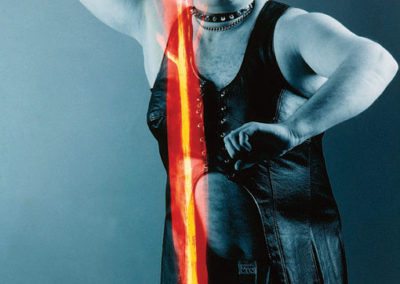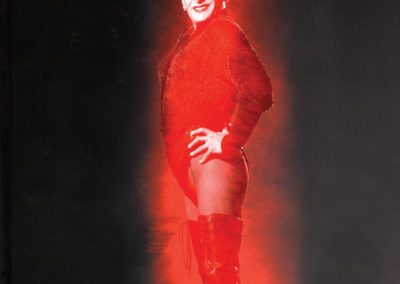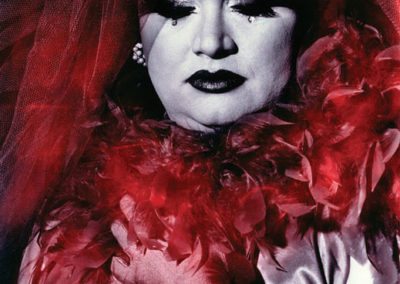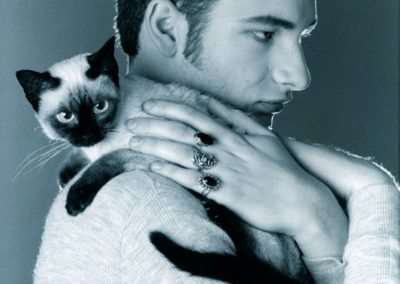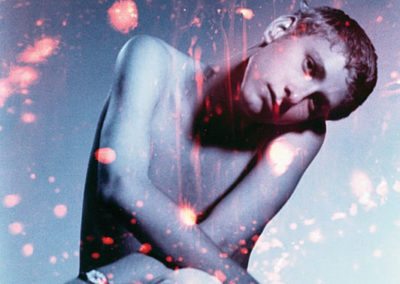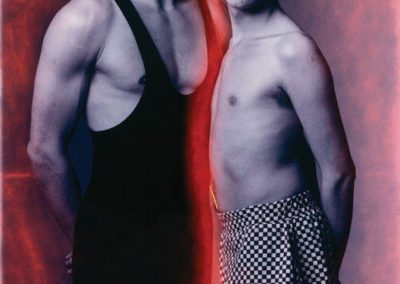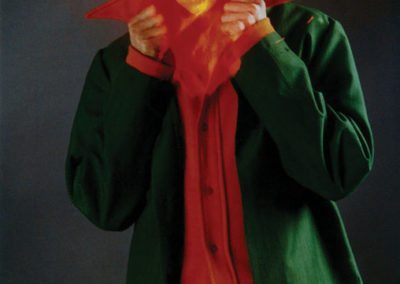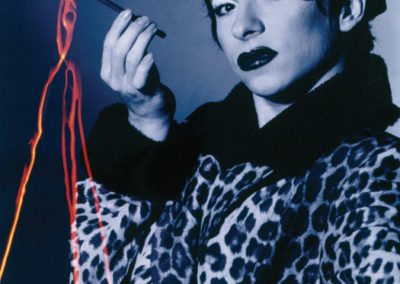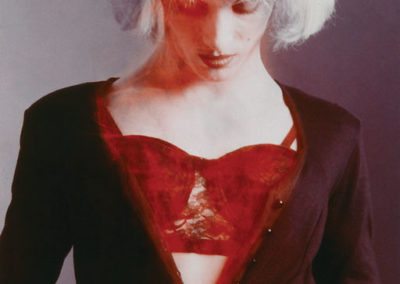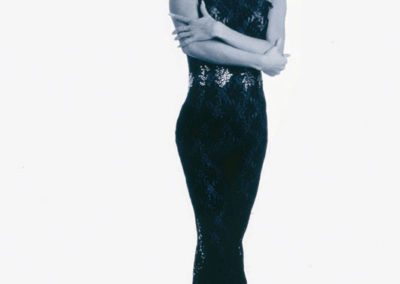Foreword to the Photos of Luca Gőbölyös
Foreword to the Photos of Luca Gőbölyös
Gőbölyös’ photos may be doubly irritating – at least in the context of the Hungarian art scene. She shows homosexuals and transvestites with her camera, but not with the kind of paternalist and patronizing attitude that a society established upon „healthy” and „normal” values usually resorts to when handling deviation, illness, and abnormality. She also avoids the scientific detachment of sociographic photography which, after studying closely the „blemishes”, the „warts” on the face of society with a magnifying lens, establishes a diagnosis; nor does her method follow the implacable outsider’s stance of photographic reportage and, luckily, even less its often sentimental compassion or its helpless attraction to the bizarre, the grotesque, and the exotic.
Gőbölyös looks into another culture, a subculture based upon sexual difference with the kind of openness and genuine naturalness that prevents her from supposing a hierarchical relation between cultures and which mentality – the world is tolerance – is the main source of energy especially for the current multiculturalism of the United States. Gőbölyös accepts difference for what it is, she does not try to apply clichés alien to it, nor crushing binds, or benevolently covering, concealing poses and masks, which prevents her photo subjects from having to play roles in order to offer us some kind of appealing, acceptable performance. They open up for her and allow her to examine the various layers of their cultural difference, their system of gestures and symbols, their own interpretation of reality; they allow her to get close to the secret of difference and strangeness. This is exactly what feeds the irritation, the avowed or concealed aversion of the art scene which has no training in an open, accepting disposition towards the other as an equal, and which only has deeply ingrained traditions in exclusion, stigmatization, and hate.
Gőbölyös’ photos may also cause irritation with their appearance – at least in Hungarian art life. They do not respect status quo, the fixed borderlines between genres, nor the all-encompassing, regulating efforts of normative esthetics with its unrelenting faith in the sanctity of formal purity. She invades the photo by painting and manipulating it, according to the differing quality of her relation to this subculture from the habitual, the general attitude. Since her vision is not based on distancing, division, and delimitation, the photo itself need not be regarded as the terrain of objective reality, as the irrefutable proof of one sole truth, and thus as something necessarily sterile. Instead of concealing them, she stresses, strengthens, and underlines the characteristic features of this culture, refusing to leave any gaps for the expansive drives of a monolithic culture which strives for dominancy and believes in the delusion of cultural superiority. She leads us gradually, with small steps on our infernal journey leading us into the limbo of our fear and aversion of strangeness. She tactfully and compassionately confronts us with our own stereotypes, prejudices, and the tendency to absolutize our self-image. Only when we have left all this behind does she cautiously and protectively allow us to look into a volatile and fragile culture bearing the traces of marginality, and stepping out from behind simplified clichés she presents a world which is just as multicolored and complex as that other one which repudiated it. Meanwhile, these splendid, technically perfect, now lyrical, now brutal but certainly powerful photos gradually introduce values into our stagnating, fossilized conception of art which have been the active constituents and shapers of the interpretation of reality of western civilization at the end of the millennium, when that civilization has long ago stepped beyond this moment of change in perspective and attitude.
The process of development in Hungarian art life can obviously only be energized by an attitude which does not find difference irritating and which does not regard its own ossified artistic categories as exclusively valid. Gőbölyös’ excellent photos will undoubtedly contribute to the preparation of this change in perspective.
Edit András
Published: [catalogue]. Institut Français, Budapest, 1996.

